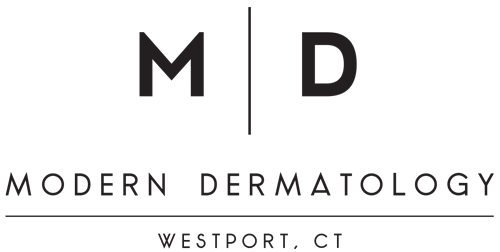Skin laxity/looseness
Ulthera, tempsure, Fillers, Laser treatments
Skin Laxity
Another common concern with body sculpting is skin laxity or “looseness.” Skin laxity is a result of intrinsic breakdown of collagen and elastin fibers in addition to the external stresses such as sun, environmental pollutions and toxins, poor dietary habits and stress. Both men and women deal with skin laxity.
Ulthera
Ultherapy is a non-surgical treatment option that uses ultrasound energy to naturally revive your body’s own collagen and elastin. Ultherapy is FDA-cleared to lift skin on the neck, under the chin and on the eyebrows as well as to improve the appearance of lines and wrinkles on the chest.
The in-office procedure stimulates collagen production by delivering focused ultrasound energy to the skin’s foundational layer where the energy triggers a natural response under the skin to jumpstart the generative process that produces new, fresh collagen. Results appear over 3-6 months, however some patients see an initial effect right after their treatment.
TempSure
TempSure is a non invasive radiofrequency device that can be used to rejuvenate and tighten the skin of the face and body. It uses a warm probe that safely heats the skin in order to help rebuild collagen. Popular areas to treat with TempSure are around the eyes, mouth, neck, chest and the stomach using the FlexSure applicator. Tempsure is usually performed in a series of 3-4 monthly treatments. There is no downtime and full results appear over 3-6 months after treatment.
Fillers
Dermal fillers can be diluted and used to help build collagen in the skin, which improves laxity.
There are many different materials used as dermal filler:
Hyaluronic acid (HA) – a naturally occurring substance that is already found in your skin. HA helps keep skin plump and hydrated. Results from HA fillers typically last 6-24 months. Modern Dermatology offers a variety of HA fillers: Juvederm/Voluma/Vollure/Volbella, Belotero, Restaylne/Defyne/Refyne. There is also a newer group of HA fillers from Revance called RHA fillers or "Resilient Hyaluronic Acid." These fillers are formulated with HA molecules in longer chains that allow for great flexibility in facial movements and a natural looking volume.
Calcium hydroxylapatite – a naturally occurring substance in our bodies, found primarily in our bones. The consistency of a CaHA filler is typically thicker than that of a hyaluronic acid filler and typically last longer as well, about 12 months for most patients. Calcium hydroxylapatite is also reported to help stimulate natural collagen production, and it is typically used for deeper lines and wrinkles. Modern Dermatology offers the only FDA approved CaHA filler: Radiesse
Poly-L-lactic acid – classified as “collagen stimulators,” these fillers smooth fine lines by helping your skin rebuild natural collage. Poly-L-lactic acid is typically used to treat more severe volume loss and or deeper wrinkles and results can last more than 2 years. Modern Dermatology offers the only FDA-approved Poly-L-Lactic Acid, Sculptra Aesthetic.
Injectable dermal fillers are quick treatments that delivers instant results, with little to no downtime. Results last 6 months to a year, sometimes longer, depending on the product and treatment.
Platelet-Rich-Plasma (PRP)
Platelets are the cells in the blood that help tissue to heal and grow new cells – they are our body’s “first responders” to injury. By injecting platelets back into the body we can stimulate new tissue development and repair, which can improve skin laxity.
The in-office procedure takes about 30-45 mins and begins with a small blood draw (usually from the arm). The blood is then placed in a sterile tube that is spun down in a centrifuge to separate the different components of the blood. Red and white blood cells are divided from the platelets and the plasma (the clear fluid). This plasma now contains a higher than normal number of platelets and is called platelet rich plasma, or PRP. Next the PRP is injected back into the body area being treated. Typically, patients will need monthly injections for several consecutive months, and then maintenance treatments every 6-12 months.
Laser Treatments
Lasers can be effective in resurfacing the skin to improve laxity. Lasers fall into one of two categories – ablative and non-ablative. Based on your concern and goals, your doctor will recommend the best treatment protocol.
Ablative lasers such as CO2 and Erbium are more invasive, but typically produce the best clinical results. They work by applying an intense wavelength of light to remove the outer layers of the skin. This process causes the skin to heal and restructure, and increases collagen production.
Ablative lasers present a longer recovery and a higher degree of risk than non-ablative lasers. Most patients require 2-4 weeks of recovery time.
Non-ablative lasers such as Fraxel and ICON XD/XF are far less invasive than ablative treatments. They work by heating up the targeted tissue, without actually destroying it. This process stimulates your body’s collagen production.
Since non-ablative lasers do not destroy the outer layer of the skin, more treatment sessions are typically required. Patients have little-to-no downtime and less risk of side effects than ablative laser treatment.

